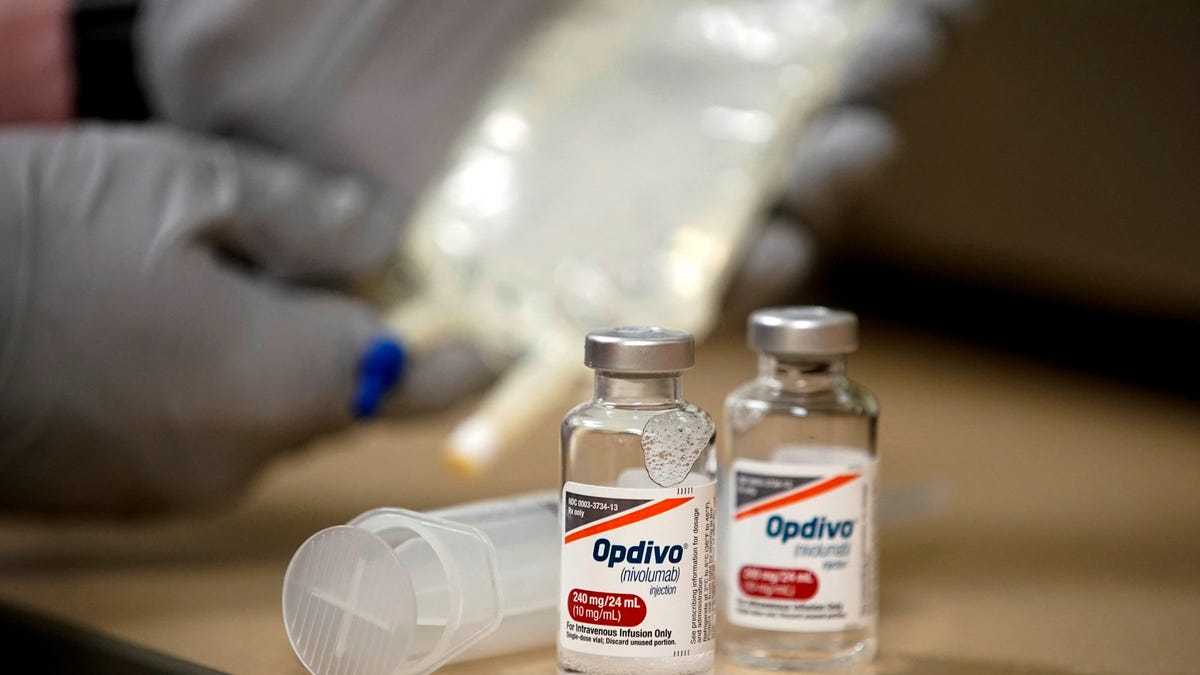California Legislator Advocates for Ban on Harmful Food Additives in Schools
A recently passed California law aimed at eliminating harmful chemicals commonly found in popular snacks like Skittles has prompted the same legislator to propose further restrictions on artificial ingredients, particularly food dyes, in school settings.
Proposed Bill Targets Artificial Ingredients in School Foods
A bill introduced in the California State Assembly seeks to remove synthetic additives such as red 40, blue 1, and titanium dioxide from foods served in schools across the state. The legislation, if enacted, would affect a range of products including Flamin’ Hot Cheetos, Doritos, and various other snacks known for their vibrant colors and artificial dyes. Celebrities and public health experts are showing their support for this initiative in a bid to safeguard students from potential health risks associated with these additives.
Concerns Over Harmful Effects of Synthetic Dyes
Research conducted by the National Institutes of Health has revealed concerning findings related to several common food dyes, such as red 3, yellow 5, and yellow 6, which have been linked to cancer and other health issues in animal studies. Moreover, evidence suggests that blue 1, red 40, yellow 5, and yellow 6 may trigger hypersensitivity reactions and genotoxicity, potentially leading to serious health conditions.
Limited Nutritional Benefits and Regulatory Oversight
The NIH emphasizes that these synthetic dyes provide little to no nutritional value to food products and advocates for their removal from the market. While the Food and Drug Administration mandates safety assessments for color additives before their use in consumables, some manufacturers have been found to omit disclosures regarding the presence of these additives in their products, prompting regulatory actions from the authorities.
California’s Pioneering Efforts in Food Safety
California’s progressive stance on food safety has led to the successful ban of four harmful food additives, setting a precedent for other states to follow suit. By further regulating the use of artificial ingredients, particularly in school environments where children are more susceptible to the effects of these additives, policymakers aim to prioritize the well-being and health of the younger population.
Sources: CBS News, CBS San Francisco
Image/Photo credit: source url





